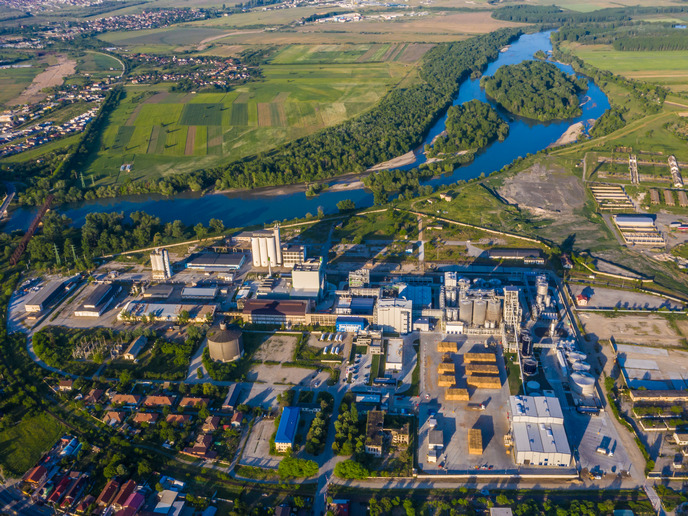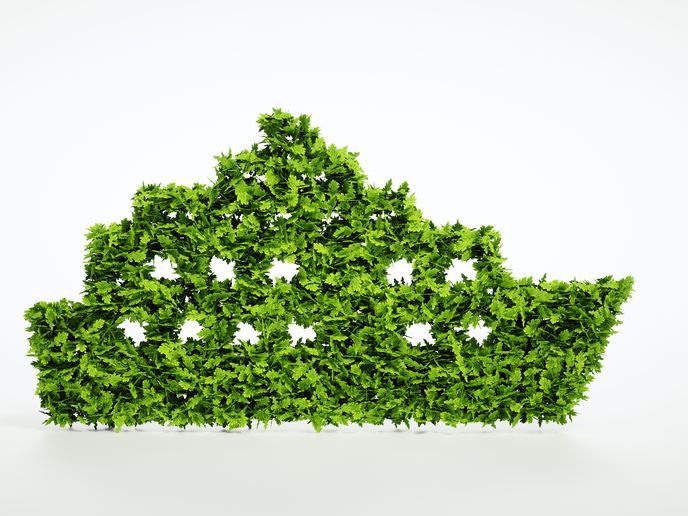Turning agricultural residues into sustainable fuel
The German division of the Swiss-based Clariant company, the coordinator of the EU-funded LIGNOFLAG project, has broadened the spectrum of raw materials for biofuel production, potentially making it more sustainable and less competitive with food production.
Overcoming obstacles to commercial production of bioethanol
“Cellulosic ethanol, for instance, is an advanced biofuel from cellulosic materials such as wheat straw, corn stover, rice straw, sugar cane and bagasse,” notes Ralf Hortsch, Head of Strategy & Marketing of Business Segment Biofuels & Derivatives at Clariant. Until now, the challenge has been to develop a process that is technologically feasible and profitable. “Clariant’s innovative sunliquid® technology is on the way of meeting these requirements, efficiently converting agricultural residues into climate-friendly advanced biofuels,” adds Hortsch. Clariant, with support through LIGNOFLAG funding, built and operates a commercial size production plant in Podari, Romania, using the sunliquid® process. A key feature is its chemical-free pre-treatment, which helps ensure a cleaner operation. The process also uses an integrated enzyme production that not only minimises costs but also eliminates the need for enzyme storage and transport. These enzymes are tailor-made and optimised for maximum efficiency. Importantly, the technology effectively transforms two types of sugars – glycose and xylose – into ethanol. Therefore, using more parts of the feedstock helps enhance the efficiency and yield of the process. “The commercial size plant is in ramp-up mode and opens up an opportunity to create a new value chain from lignocellulosic feedstock to cellulosic ethanol, including product distribution and co-product valorisation,” states Stefan Brejc, Vice President Business Segment Biofuels & Derivatives at Clariant. “It establishes new options not only for use in road transport, but also low CO2 feedstock for sustainable aviation fuel (SAF) or Ethylene.”
Technology benefits spread to many areas
Focusing on the entire value chain, from raw material to product, researchers successfully overcame the hurdles to bring cellulosic ethanol to the market. “We are mainly targeting the road transport market by blending ethanol with gasoline to create an advanced biofuel. This is in compliance with the EU’s renewable energy directive RED II that mandates the use of such fuels. Our technology stands out for its significant CO2 savings and its classification as an advanced biofuel,” highlights Brejc. “Furthermore, as green mobility grows, we envision expanding the use of cellulosic ethanol for sustainable aviation fuels, qualifying us for the ReFuelEU Aviation initiative.” Another promising application is the use of 2G Ethanol as feedstock for the chemical sector. Cellulosic ethanol could potentially be converted into green ethylene, a key ingredient in eco-friendly packaging materials. Clariant’s technology will have significant socio-economic and environmental impacts. “It should help create a new bio-based value chain for cellulosic ethanol production and lead to up to 95 % reduction in CO2 emissions compared to fossil-based alternatives. It will also mobilise agricultural residues – a local and currently underutilised renewable feedstock – and support the transformation from a fossil-based economy to a bio-based, circular economy,” concludes Brejc.
Keywords
LIGNOFLAG, cellulosic ethanol, Clariant, biofuel, sunliquid®, agricultural residues, sugar, bioethanol







